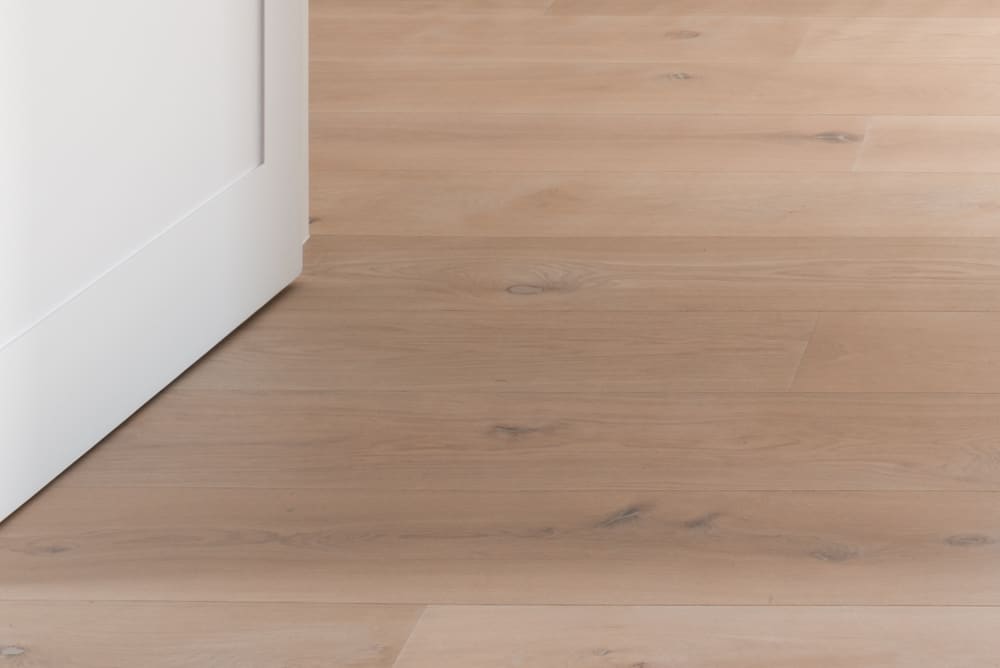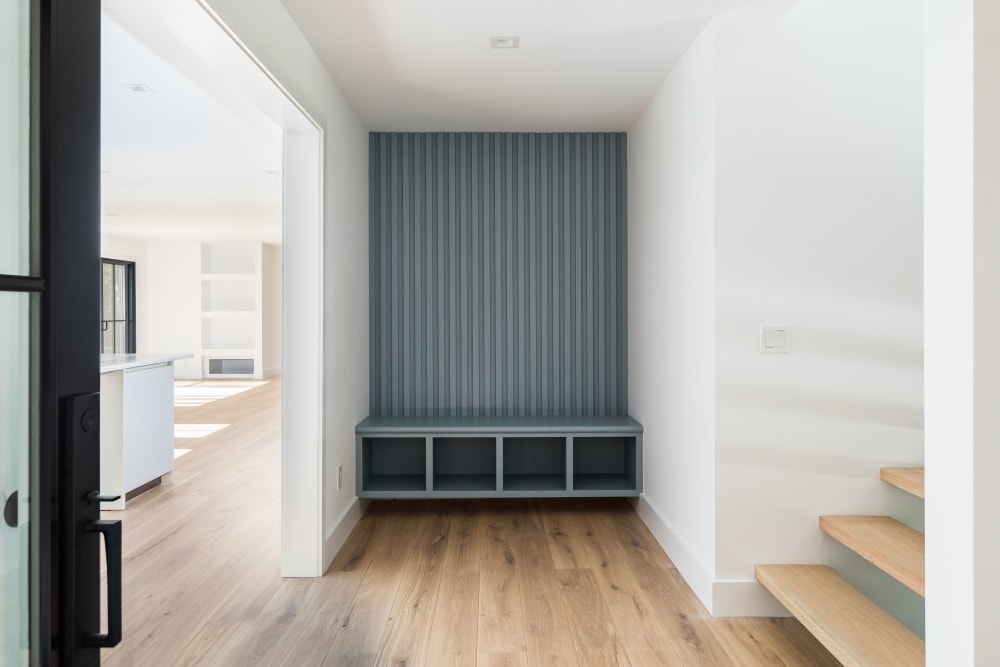Hardwood floors are a timeless and classic addition to any home, adding warmth, elegance, and value. However, choosing the right grade of hardwood can be a daunting task, especially for first-time homeowners or those unfamiliar with the grading system. In this blog post, we will explain the different hardwood floor grades available in the US market and help you make an informed decision.
First, let’s start with the basics: What is a hardwood floor grade?
Hardwood floor grading is a system used to classify the visual appearance of the wood based on its natural characteristics, such as knots, mineral streaks, and color variations. The grading system is not standardized across the industry, but most hardwood manufacturers use similar grading systems. Generally speaking, the higher the grade, the fewer natural defects the wood has, and the more uniform the color.
Now, let’s take a closer look at the different hardwood floor grades available in the US market:
Prime grade
Prime grade hardwood flooring is free from any visible knots, mineral streaks, and color variations, giving it a clean, uniform look. There will also be a minimal amount of sapwood defects and filler, if any at all. Where filler is used its color is carefully selected to complement the wood rather than to match it exactly, and the color of the filler may vary from batch to batch. Prime grade hardwoods are available in both domestic and exotic species, such as Brazilian cherry, maple, and oak. It is ideal for modern or contemporary interiors, where a minimalist look is desired.

Select/Classic Grade
Known as either select or classic grade, typically this will have a mix of cleaner boards with other planks which have more knots. Larger knots are allowed in this grade. Heartwood and color variation in the wood should be expected and there will be some checks (cracks across the growth ring), sapwood and filler. The color of the filler is carefully selected to complement the wood rather than to match it exactly and it may vary from batch to batch. Select grade hardwoods are available in both domestic and exotic species, such as hickory, walnut, and ash.

#1 Common Grade – Character Grade:
#1 Common grade hardwood flooring is the most popular and widely used grade in the US market. This grade of wood has more visible knots, mineral streaks, and color variations than clear or select grade, giving it a more natural and slightly rustic look. #1 Common grade hardwoods are available in both domestic and exotic species, such as red oak, white oak, and cherry.

#2 Common Grade – Natural Rustic Grade:
#2 Common grade hardwood flooring is the most economical option. This grade of wood has many visible knots, mineral streaks, and color variations, giving it a more rustic and casual look. #2 Common rustic grade hardwoods are available in both domestic and exotic species, such as birch, beech, and maple.

What else do I need to know?
It is worth noting that the grading system can vary slightly between manufacturers, so it’s important to ask for specific grading information when shopping for hardwood floors. At Havwoods, we use the 4 grades mentioned above.
In addition to the grading system, there are other factors to consider when choosing hardwood floors, such as the species of wood, the plank width, and the finish
Species of Wood:
Different species of wood have different characteristics, such as hardness, grain pattern, and color. Some popular domestic species include oak, maple, hickory, and walnut, while popular exotic species include Brazilian cherry, mahogany, and teak. The species of wood you choose will depend on your personal taste, budget, and the look you’re trying to achieve.
Plank Width:
Hardwood floors come in various plank widths, ranging from narrow strips to wide planks. Narrow strips are more traditional and work well in smaller spaces, while wide planks are more modern and can make a room feel more spacious. The plank width you choose will depend on the size of the room, the style of your home, and your personal preference.

Finish:
The finish is the top layer of the hardwood floor that protects it from wear and tear. There are several types of finishes including:
Oiled Finish - an oiled finish brings out the true beauty of the color and grain of the wood. It gives floors a natural finish. See more about oil finishes here.
Lacquered Finish - Lacquer is normally a polyurethane coating which is applied to the surface of a wooden floor by brush or roller. The polyurethane covers the pores of the wood and forms a hard, resilient coating which protects the timber from dirt and moisture ingress. Lacquer is commonly either a matt, satin or gloss finish. While it does offer more protection than an oil coating, if damaged, lacquered boards need to be replaced rather than repaired as a lacquered product is unable to be spot repaired.
Post time: Mar-23-2023

